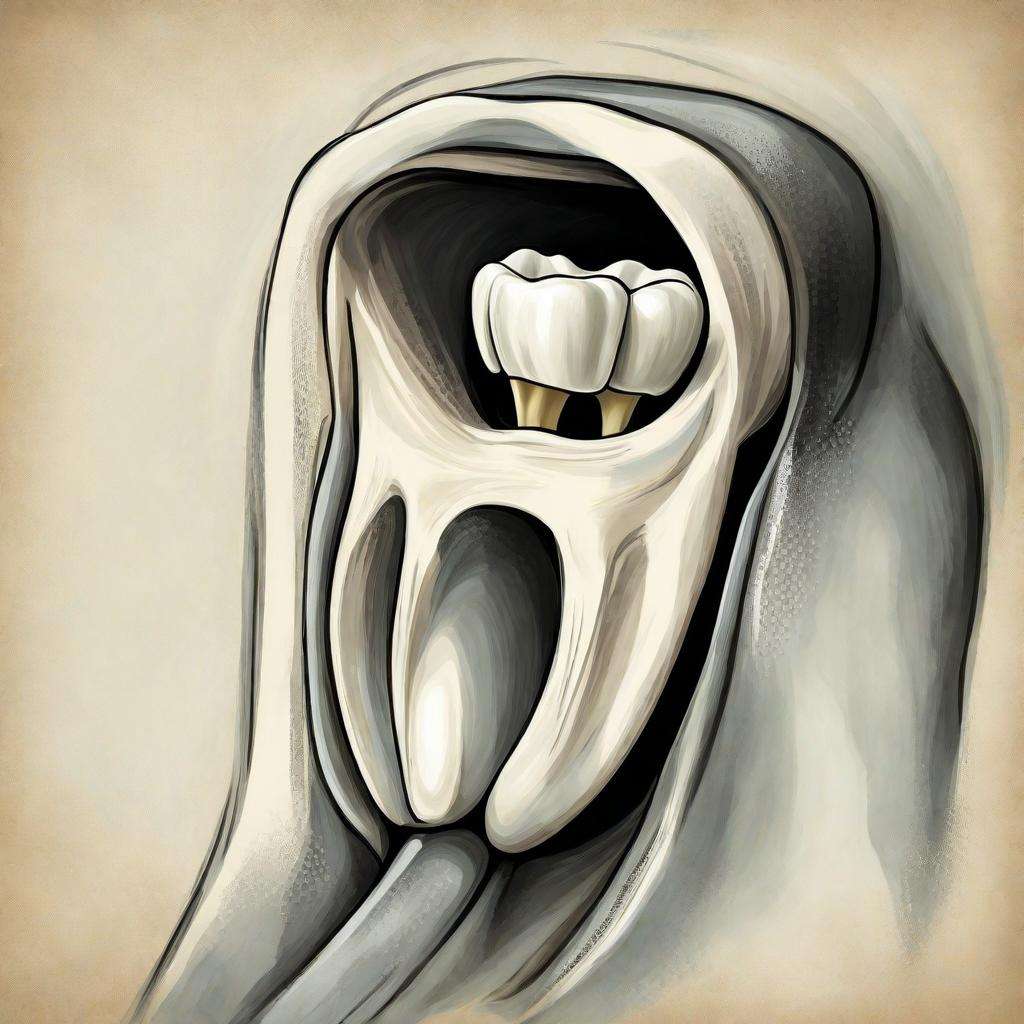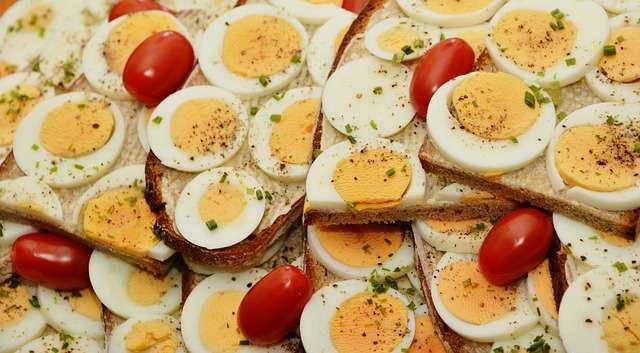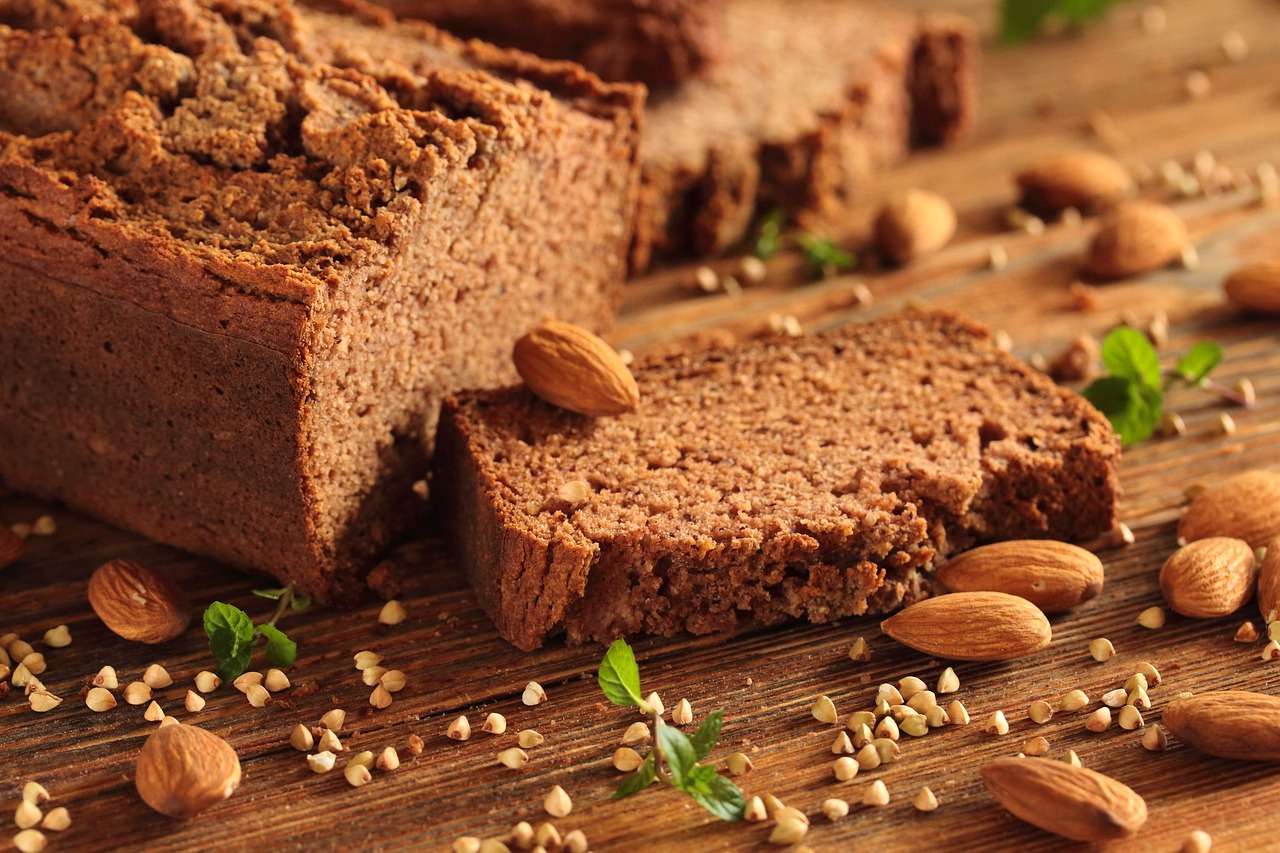Introduction: Understanding Food to Eat After Wisdom Teeth Removal:
The final set of molars to erupt in the back of the mouth are the wisdom teeth, commonly referred to as third molars. When in good condition and alignment, these teeth can be great assets, but when they get impacted or don’t erupt completely because of jawbone space constraints, they can become an issue.

The extraction of wisdom teeth is a rite of passage into adulthood for many people. Dentists or oral surgeons often conduct this routine dental surgery to treat conditions like impaction, crowding, infection, or possible future concerns.
We’ll go into the subject of wisdom teeth extraction in this blog post, explaining the rationale for the treatment, what to anticipate from the healing process, and—most importantly—what foods are ideal to eat during this period.

Knowing the ins and outs of wisdom teeth removal can help allay fears and promote a more seamless healing process, whether you are planning this treatment or are already recovering from one.
First 24 Hours: Liquids – Soothing Your Recovery:
After wisdom teeth extraction, the first twenty-four hours are critical for promoting healing and reducing pain. Your mouth will probably be sore and swollen during this time, which could make chewing uncomfortable or difficult. For this reason, maintaining a watery diet is crucial. Liquids don’t irritate the surgical areas and are simple to consume.
To understand why liquids are your friend during the first 24 hours, read on:

Decreased Soreness: Chewing involves using the jaw muscles, which can hurt a lot after wisdom teeth are extracted. Because they don’t require chewing, liquids reduce jaw strain and pain.
Encourages Healing: The improvement of circulation in the affected area can help facilitate healing. Warm liquids can do this.
Hydration is Key: Drink plenty of water after surgery because you may feel queasy or find it difficult to drink because of your discomfort. Drinking liquids can help you keep hydrated, which is essential for your general recuperation.
What to Drink:
Warm broths: Excellent options are beef, vegetable, or chicken broth. They keep you hydrated and supply some electrolytes. As opposed to being hot, make sure they are lukewarm to prevent irritating the surgery areas.
Smoothies: Rich in vitamins and minerals, smoothies are an excellent method to introduce some healthy ingredients into your body. For a more substantial choice, top yogurt or milk with fruit, veggies, or even protein powder. Steer clear of straws; the suction can loosen blood clots.
Protein Shakes: A handy way to obtain protein, which is essential for healing, protein shakes are similar to smoothies. Pick a flavor you like, and don’t use a straw.
Yogurt: A calming and easily digested alternative is plain yogurt. For added taste and nutrition, you may also mix it with some honey or mashed fruits.
Milk: Milk has a large amount of protein and calcium, both of which are good for healing. For more calories, use full milk or a milk substitute.
Drinks with added nutrients: If you have trouble getting enough water or nutrients, you might want to try one of the commercially made supplements. To select the best option for you, speak with your physician or dentist.
Soft Food Diet: Fueling Your Wisdom Teeth Recovery
Following wisdom teeth extraction, you can progressively switch to a soft food diet after the first twenty-four hours. This stage, which usually lasts a few days, gives your mouth more time to heal while still giving you the nutrition you need to get better.
This is a thorough explanation of the soft food diet and its significance:
Reducing Pain: Chewing soft food requires less effort, which eases the load on your jaw muscles and surgical sites. This lessens discomfort and agony during this delicate healing phase.
Facilitating Healing: Soft foods are simpler to break down, which relieves pressure on your digestive system and frees up your body’s resources to mend the wounds from surgery.
Sustaining Nutrition: You can get all the necessary vitamins, minerals, and protein with a soft food diet. These nutrients are essential for maintaining your energy levels and aiding in the healing process.
What to
Eat:
Mashed Foods: Sweet potatoes, bananas, avocados, and mashed potatoes are all great options. Mashing cooked veggies like cauliflower, peas, and carrots is another option.
Scrambled Eggs: Protein, which is necessary for tissue repair, is abundant in eggs. Because scrambled eggs are so soft and simple to eat, they are an excellent choice for a diet high in soft foods.

Soft Cooked Vegetables: Broccoli, spinach, and green beans are excellent examples of steamed or boiled vegetables. Don’t forget to cook them until they are extremely tender, and stay away from any veggies with rough seeds or skins.
Oatmeal: A wholesome and satisfying breakfast choice is oatmeal. To add extra taste and nutrition, mix in some mashed fruits or nuts (avoid whole nuts) with your rolled oats for a softer texture.
Cottage Cheese: A soft and high-protein choice is cottage cheese. For variation, you can add some mashed veggies or diced fruits.
Soft Tofu: Tofu is a flexible source of plant-based protein. Because of its extremely soft texture, silken tofu is perfect for a diet high in soft foods. It can be mixed into smoothies, soups, or scrambled with veggies.
Cream Soups: Cream soups are a filling and healthy choice. Examples of cream soups are tomato soup and cream of mushroom soup. Ensure that the blend is smooth and not overly heated.
Properly Cooked Pasta and Noodles: Choose milder pasta types such as angel hair or macaroni. Vermicelli or rice noodles are excellent options for noodles. Aim for extremely tender cooking and stay away from thick sauces.
Soft Bread: Select soft bread, either white or wheat, and make sure the crusts are removed. To give it a slightly different texture, you can lightly toast it.

Tips for a Successful Soft Food Diet:
Cut your food into small pieces: Your food will be easier to chew and swallow if you cut it into small pieces.
Cook your food until it is very soft: Cooking your food till it’s extremely tender will reduce the amount of chewing that’s necessary.
Let your food cool down to a lukewarm temperature: Eat your food when it’s lukewarm to avoid irritating the surgical sites. Hot food should be avoided.
Chew well and slowly: Enjoy your food and don’t speed through meals.
Pay attention to your body: Don’t force yourself to eat food if it makes you uncomfortable. Prioritize softer selections until you are more at ease.
You can minimize discomfort following wisdom teeth removal by adhering to these suggestions and including a range of soft foods in your diet. This will help to ensure that your body gets the nutrients it needs for recovery.
General Tips for a Smooth Wisdom Teeth Recovery: Beyond Food
In addition to a carefully thought-out liquid and soft food diet following wisdom teeth extraction, the following basic advice may help facilitate a quicker recovery:
Reduce Straw Use: Blood clots in surgical areas can be dislodged by straw suction, which could impede healing and raise the risk of infection. For the first few days, use spoons or sippy cups for your beverages.
Hydration is Key: Hydration is essential since dehydration can impede recovery and worsen your general health. Drinking enough water throughout the day is crucial, even if it’s only in small quantities done periodically. While water should be your primary beverage, clear broths, and sugar-free beverages are also excellent choices.
Rest and relaxation: Healing takes time and energy from your body. Take it easy in the initial days following surgery. Rest well and steer clear of physically demanding activities.
Pain management: Painkillers will probably be prescribed by your oral surgeon or dentist. To relieve any discomfort, take it as prescribed. Acetaminophen and ibuprofen, two over-the-counter pain medicines, are examples of useful medications.
Ice Packs: You can lessen discomfort and swelling by placing ice packs on the outside of your jaw. Put a fresh washcloth between your skin and the ice pack to protect it.
Gentle Dental Hygiene: In order to avoid illness, it’s critical to maintain proper dental hygiene. Use a soft-bristled toothbrush to gently brush your teeth, being careful not to brush the surgery areas. Several times a day, you can also gently clean your mouth with a saltwater rinse, which is made by combining half a teaspoon of salt with warm water. Refrain from spitting or thorough rinsing.
Pay Attention to Your Body: Everybody recovers at a different rate. See your dentist or oral surgeon right away if you have any unusual discomfort, swelling, or fever.
Gradual Reintroduction of Solid Foods: You can begin reintroducing solid foods gradually after a few days of following a soft food diet. As your mouth recovers, start with soft meals that are simple to chew and swallow, then gradually go on to rougher textures. Return to gentler options if any discomfort arises.
Dietary Restrictions: Steer clear of foods that could aggravate surgery areas or impede the healing process. Among them are:
Warm dishes
hot dishes
foods high in acid (citrus fruits)
foods that are crisp (chips, crackers)
Hard foods (nuts, sweets)
clinging dishes
Along with a carefully thought-out diet, you may encourage a painless and speedy recovery following wisdom teeth extraction by adhering to these general guidelines. Never hesitate to contact your oral surgeon or dentist if you have any questions or concerns.
Conclusion:
In conclusion, even though having wisdom teeth removed can be difficult, it really helps to plan ahead for “food to eat after wisdom teeth removal”. During the first twenty-four hours, limit intake to liquids; over the next few days, gradually move to soft meals. This will minimize discomfort and offer vital nutrients for healing.
Recall that adequate rest, fluids, and dental hygiene are also essential for a speedy recovery. For detailed post-operative instructions and a tailored strategy for recovering from wisdom tooth extraction, speak with your dentist or surgeon. Click to learn more.
FAQs:
1. Q: Can I eat solid food right after surgery?
-
- A: No, stick to liquids for the first 24 hours. Then, gradually introduce soft foods for several days.
- Q: What are some good examples of soft foods?
- A: Mashed potatoes, yogurt, applesauce, scrambled eggs, and well-cooked pasta are all great options.
- Q: Should I avoid anything in my diet?
- A: Yes, avoid hot, spicy, acidic, crunchy, or sticky foods as they can irritate the surgical sites.
- Q: How long will I be on a soft food diet?
- A: Typically for several days, but listen to your body and reintroduce harder foods gradually.
- Q: Where can I find more information about what to eat after wisdom teeth removal?
- A: Consult your dentist or surgeon for specific instructions and a personalized plan.
